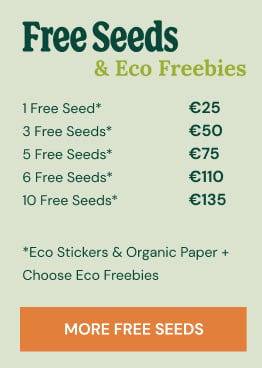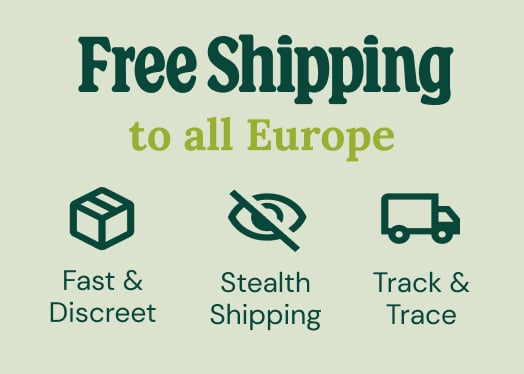.
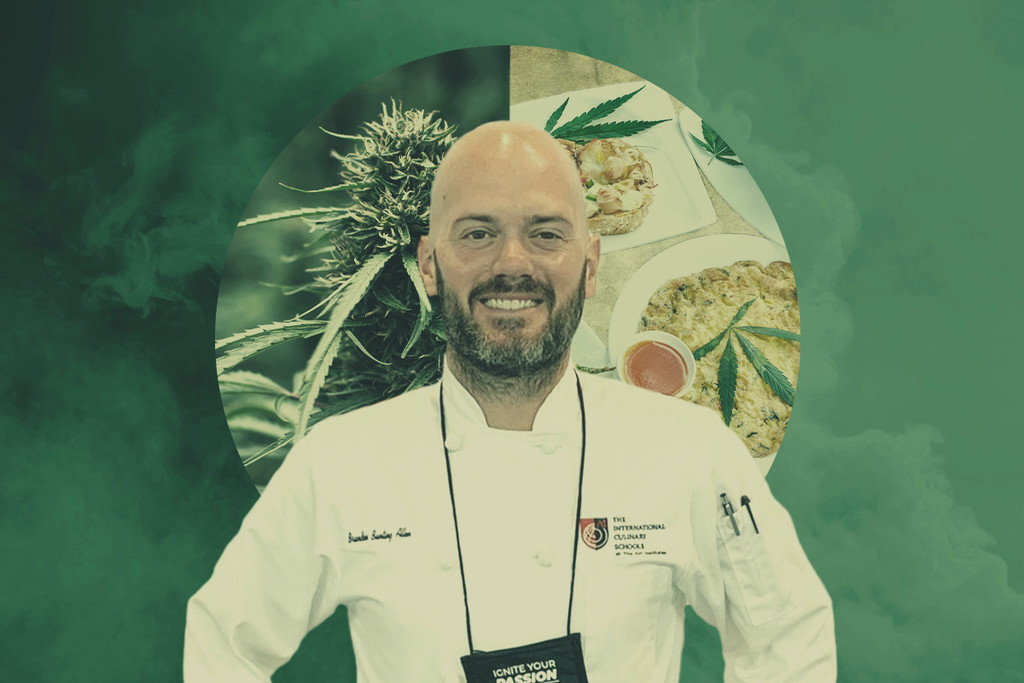
RQS Interviews: Brandon Allen On Cooking With Weed
Hi there! It's Brandon Allen. I'm a professional chef and cannabis educator with a complete fascination for the endocannabinoid system. My mission is to utilise cannabis as a vessel to educate the world about food. (@chefbrandonallen).
In this interview chef and cannabis educator Brandon Allen opens up about his fascination with cannabis and its effects on the endocannabinoid system, and shares his extensive knowledge of cooking with weed. Years of experimentation with different methods give him unparalleled insight into infusing things with cannabis.
I would say that the number one advantage of an edible—or any type of ingestible, orally consumed cannabis product—compared to something that's smoked or vaporised would be discretion. You can be anywhere and just pop a mint, gum, a cough drop, or simply take a little bite of a snack, and there’s no aroma. I guess people think of the word “odour” as more of a negative term, and in that sense, there’s nothing to smell, nothing to see, and nothing to inhale with edibles.
The next thing would definitely have to do with health concerns. We don't completely understand everything that’s happening when you light something on fire and inhale it. There are plenty of studies that show that inhaling combustible plant matter, or anything that includes carcinogens, is bad. And you have the ash and the tar and all that resin that builds up. I’ve been smoking much of my life; I smoked cigarettes for a very long time, and it’s been over a decade since I quit. And at the end of the day, if I find myself in situations where I'm smoking more often, I end up feeling more congested and I'm clearing my throat and different things like that. So smoking is one side of things, but then there’s vaporisation and dabbing.
There have been studies showing that terpenes can break down and turn into acetone or benzene, which are two things that are not exactly good to inhale. So we don't know the long-term effects, especially in the concentrate world, but people have been smoking plants for forever.
If it's in moderation, I would say that, for the most part, as long as it’s not contaminated with pesticides, moulds, etc., it's probably fine. If you're smoking all day, every day, you might have some lung issues in the future, although it's possible that the cannabinoids and other compounds in the plant could mitigate some of those negative effects.
But at the end of the day, when it comes to these higher temperatures, we have to consider that super-concentrated extracts and hash have a terpene content that doesn’t represent the natural ratio of what would be found in the plant in its raw, dried, and cured state. Research was done, I believe out of Colorado, that examined different terpenes being vaporised at different temperatures. And it noted all the different metabolites or derivatives of the original terpene, and some of them are not that great for us. So how much are you consuming? What terpene is it? How often do you need to consume it for it to be detrimental to your health? These are all things that still have a big-old question mark.
But that is a roundabout way of saying that the two biggest advantages of edibles are discretion and fewer health concerns.
More research needs to be done. I don't want any die-hard smokers, vapers, or dabbers to think that I'm talking shit on you right now. I'm not. All I'm saying is I've looked at the research, and there are definitely some things to consider.
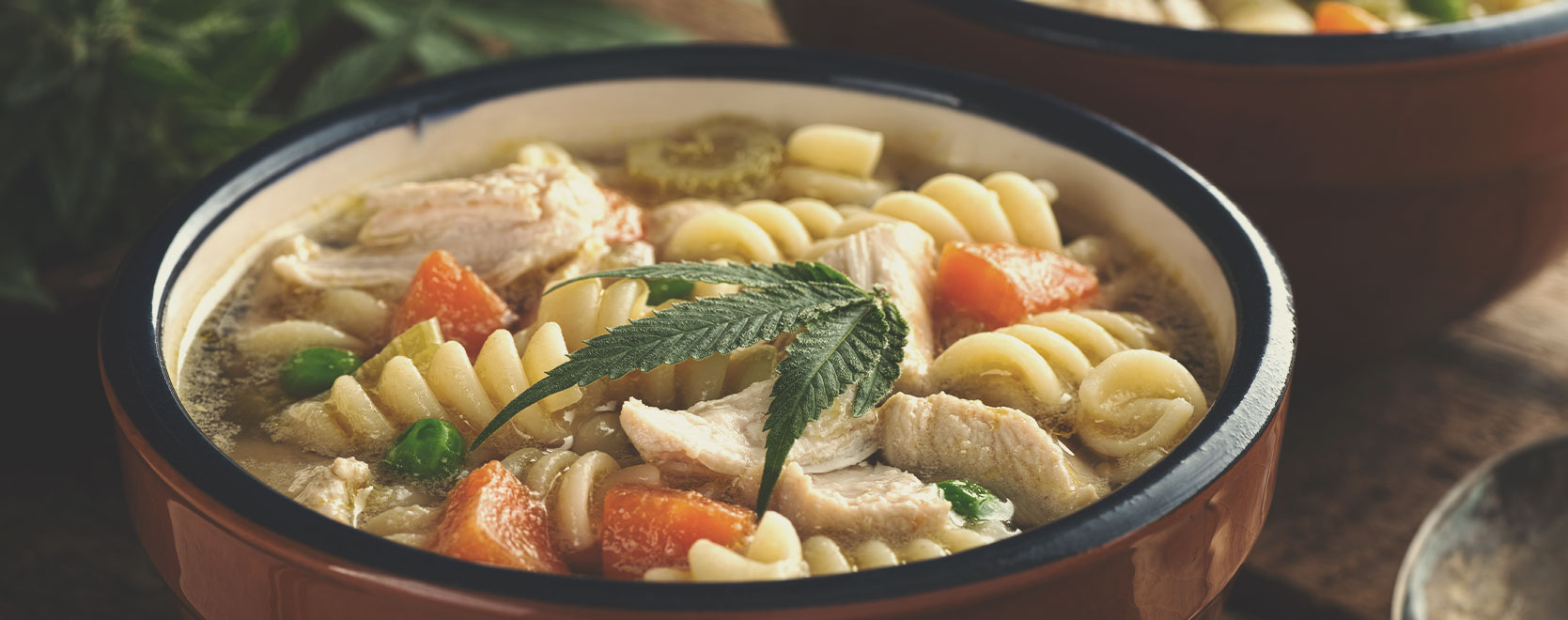
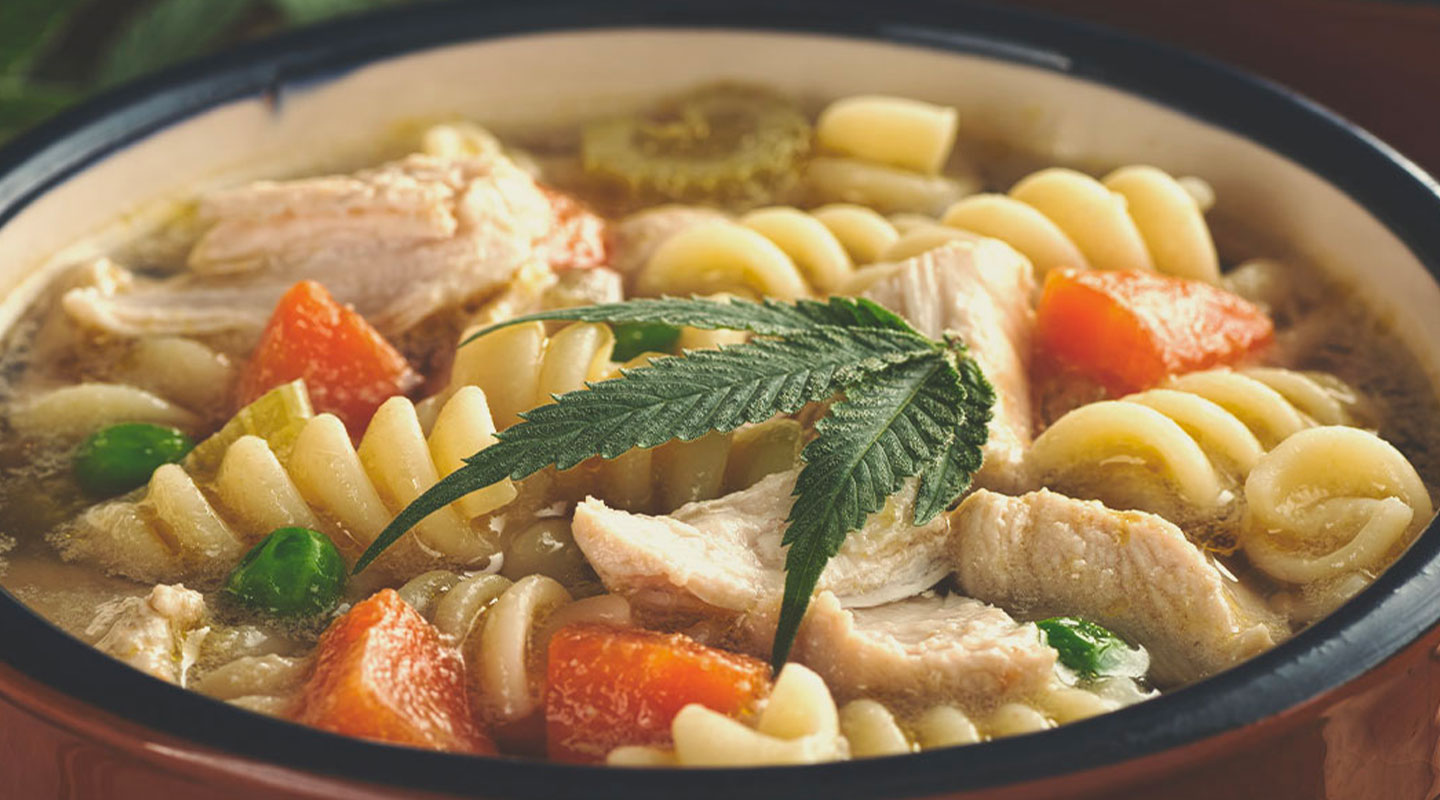
2. How do you properly dose cannabis in a recipe?
The first thing you have to do is identify where your infusion is coming from and understand the cannabinoid profile, whether it’s CBD, THC, etc. For this interview, let’s focus on THC.
CBD is psychoactive, but it’s non-intoxicating. Even if you take way too much CBD, it’s not going to hurt you. There have been tons of studies showing that high doses of 1,000 or more milligrams were totally fine.
So let's focus on THC. THC; can you overdose on it? Yes. You're not going to die, like a heroin overdose or something like that. But I define a cannabis overdose as when you reach a state of discomfort. So when you start to experience anxiety, paranoia, and other negative feelings, that's an overdose as far as I'm concerned, because it's not a positive situation.
So when it comes to understanding how to properly dose something, you must first know how many milligrams of THC you are starting with. Any time you're doing a flower infusion, it is impossible to know your dose—100% impossible. I don't care what you read online or what the lab test of the flower says, because that lab test does not represent the flower you have in your hand. It represents the flower that they tested, and buds on the same plant can have different potencies. So it all starts with the amount that you're starting with.
"Whenever you're doing any type of recipe, you have to understand your starting cannabinoid content and what the dose of the infusion base is so you can figure out what your dose is per milligram per millilitre."
So let's say in this instance, for this question, we're utilising a THC distillate that is already decarboxylated, which means it's activated. Distillates are very easy to dose. If you have one gram of 90% THC distillate, you’ll know that there’s 900 milligrams of THC in there. You can take that and add it to whatever infusion base that you choose—whether it's a different type of oil, any type of fat, maybe honey or glycerine, alcohol, etc.—and you can say, “Okay, I have 900 milligrams of THC, so I’m going to add this to 900 millilitres of said infusion base so it equates to one milligram per millilitre”. Or, you could dose it so there's 10 milligrams per millilitre, or even 100 milligrams per millilitre.
So first is just some basic math. That's what you're starting with: what are you combining it with, and what does that equate to based on the measurement. Whenever you're doing any type of recipe, you have to understand your starting cannabinoid content and what the dose of the infusion base is so you can figure out what your dose is per milligram per millilitre.
For everyone who is used to teaspoons and tablespoons and things like that, a teaspoon is about five millilitres and a tablespoon is about 15—it’s 14.89 or something like that, but it's pretty damn close.
Let’s say you have a chutney or a chunky salsa. It's not blended and not pureed. If you were to take 250 millilitres, about a cup, and you were to say, “I’m going to put 100 milligrams of THC in there, stir it around, and then I'm going to break the doses down so there's 2.5 milligrams of THC per tablespoon, or 15 millilitres”. Great. But the thing is, you have a chunky, uneven product. Because you have chunks of tomato or mango or onion or whatever else may be in there, you don't know exactly how many milligrams are in a dose or serving because it's not properly homogenised; it's not dispersed evenly. So in the sense of making an infusion, I always recommend the following when it comes to proper dosing:
| 1. Know the content of your starting material |
| 2. Know the dose of your infusion base |
| 3. Blend it properly into the recipe, ensuring your recipe base or whatever you're infusing is homogenised |
| 1. Know the content of your starting material | 2. Know the dose of your infusion base | 3. Blend it properly into the recipe, ensuring your recipe base or whatever you're infusing is homogenised |
That could be a soup that's blended, it could be a hot sauce, a blended salsa, chutney, whipped cream—it doesn't matter as long as it is properly homogenised.
In the case of a slaw that's got a bunch of chunky ingredients in there, you would dose based on the individual serving. So, let's say you have this mayo-based slaw, and you infuse the mayonnaise. For something like this, what I would recommend is to make it individual.
Or, you can make a recipe that's not infused whatsoever to begin with. If you’re serving 50 people, you would portion out how much of each ingredient is in the regular recipe, and then you would either:
| 1. Put it all in a bowl | 2. Infuse it |
| 3. Mix it around | 4. Serve it |
| 1. Put it all in a bowl | 2. Infuse it | 3. Mix it around | 4. Serve it |
Or, you would simply:
| 1. Put it on the plate |
| 2. Then take a little pipette with your super-concentrated infusion |
| 3. And just drop it on top |
| 1. Put it on the plate | 2. Then take a little pipette with your super-concentrated infusion | 3. And just drop it on top |
Now, some people don't necessarily consider that a true infusion, but at the end of the day, it's not necessarily how you infuse it; it's how the customer or guest consumes it. Because, if you say there's 2.5 milligrams of THC in there, then there should be 2.5 milligrams of THC in there. That’s ultimately what matters.
So, how you probably dose cannabis in a recipe is:
- Understand your cannabinoid profile, ensuring it is properly dosed in your infusion.
- Make sure it's homogenised or added to a recipe in a way that’s accurately dosed.
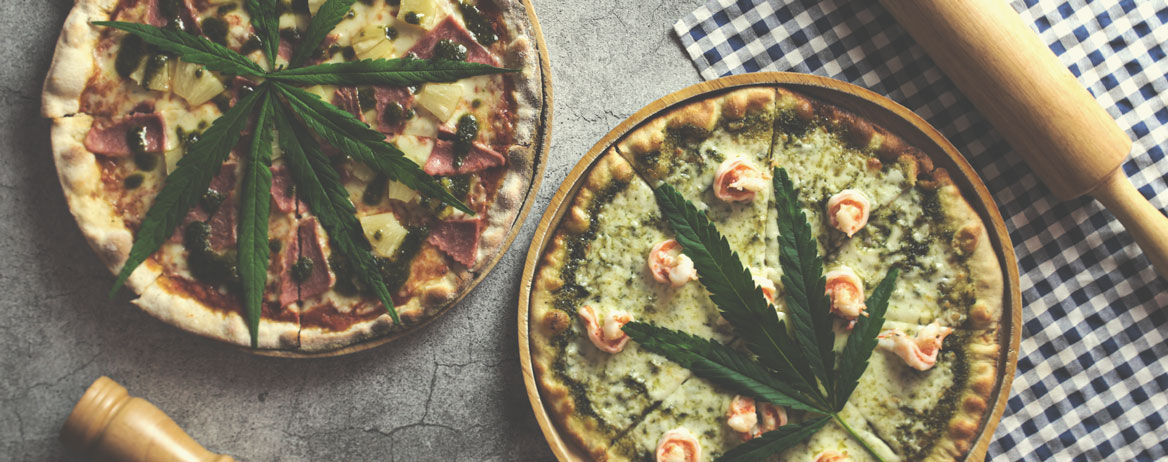
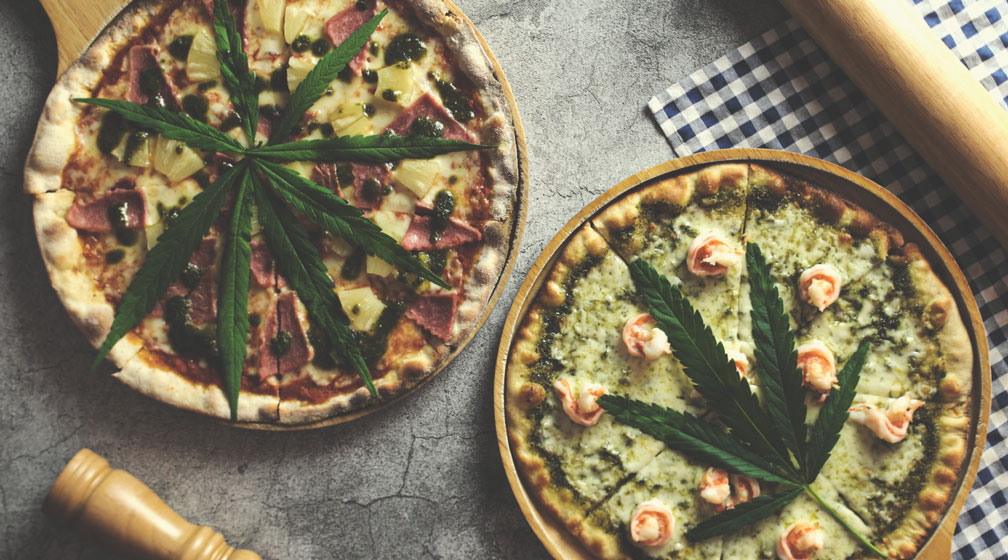
3. What is better for cooking: cannabutter or THC-infused oil?
Definitely oils. When you heat butter to a certain point (I believe above about 190°F), the fat separates from all the other water base ingredients, because, unlike oil, butter is not 100% fat. That's why anyone who's made cannabutter at home knows that when you put it in the fridge and it firms up, the butter separates from the water. The butter fat, which is called clarified butter or ghee depending on how it's made, let's just say clarified butter for now, sits on top, and the water must be drained out from the bottom. At the end of the day, you're actually not left with cannabutter, you're left with canna-ghee or canna-clarified butter—you're left with butter fat.
When you have water in any type of extract medium, what happens is you lose extraction efficiency, because cannabinoids aren’t water soluble. So when you're doing an infusion with anything that has a high water content, like butter or a low-proof alcohol like everyday vodka or whiskey you get at the bar, there's water in there, so the extraction efficiency significantly decreases. If you're doing a butter infusion base versus an oil infusion base, the oil infusion base is going to have a higher extraction efficiency because it doesn't have the water in there.
Let's say you make butter, and at the end of the day you separate the water, as it has a minimal amount of cannabinoids. So you’re left with this very hard—especially out of the refrigerator—clarified butter or ghee.
Now, for those who want to make a legitimate cannabis butter, I recommend you actually start out with clarified butter or ghee. Do your infusion this way, because now you're dealing with 100% fat. There are small amounts of other things in there, but for the sake of this, it's close to 100% fat. Now the extraction efficiency goes up significantly, and you can make your infusion.
Then what you do is let that ghee or clarified butter sit at room temperature so it becomes very malleable. From there, you would add a little bit of cream—generally about 10 to 15% of the original volume of the ghee you started with—and then emulsify that cream back into the ghee. You'll actually be left with a butter-like consistency, because now you're re-homogenising that water base ingredient and kind of creating butter again. You're looking for a spreadable type of consistency.
It’ll work, though it might be a little bit more granular than regular butter. But when it comes to making different recipes that call for butter, you can adjust the recipe slightly, because generally butter contains roughly 20% water—15 to 20% depending on the style.
If you have a recipe that calls for X amount of butter, then you should be able to sit back and do a little bit of math and say: “Okay, well I can put in this much ghee and then maybe a little extra water, milk, cream, or whatever else is in that recipe to balance that out”.
At the end of the day, the majority of butter-based recipes are baked goods. With that in mind, I actually don't recommend infusing baked goods, because reintroducing cannabinoids to heat (above, say, 300°F or so) after they've been decarboxylated and activated can cause them to rapidly degrade within minutes.
"For those who want to make a legitimate cannabis butter, I recommend you actually start out with clarified butter or ghee. Do your infusion this way, because now you're dealing with 100% fat. "
So you can go through all this trouble of making sure your dosing and recipes are homogenised properly and whatnot, and think that you're getting 10 milligrams of THC in your cookie or brownie or cupcake, but you could actually end up with a lot less because of the degradation that occurs. So any type of baked good recipe that's been infused, unless it's a manufactured thing where they've got it down to a science and it’s lab tested, will be harder to accurately dose.
What I recommend is actually infusing your garnish, like the filling for your cupcake or the icing for your brownie, after the baked good has been cooked.
Let's say you're just growing at home; why would you want to deteriorate all of your hard work and lose that THC? I believe any type of infusion outside of the decarboxylation process should have the least amount of heat applied as possible. You want to maintain as much of those cannabinoids as you can.
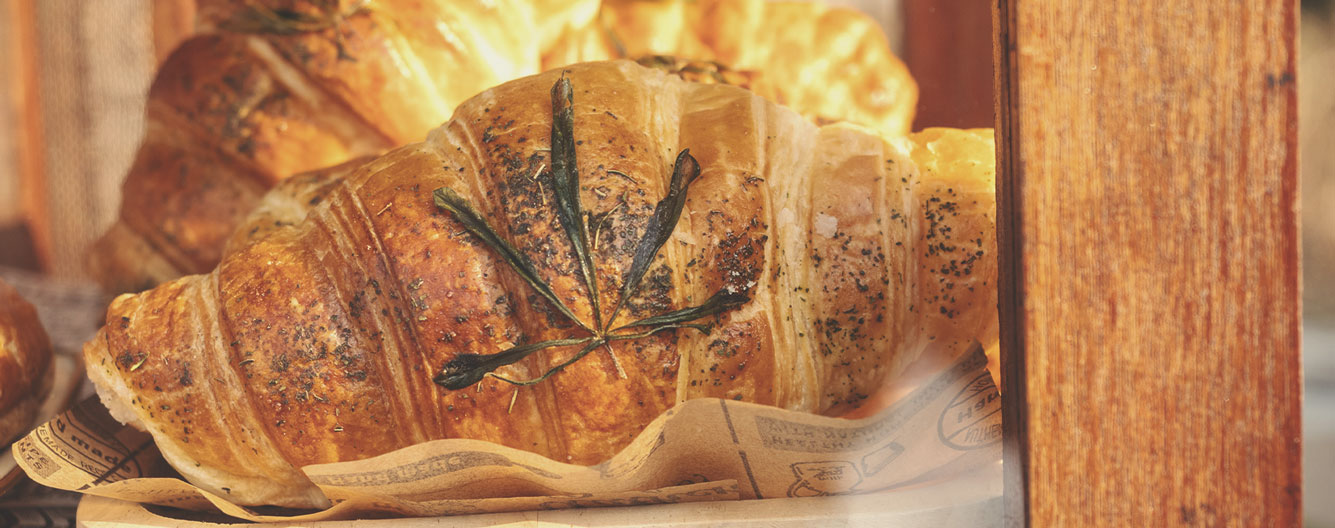
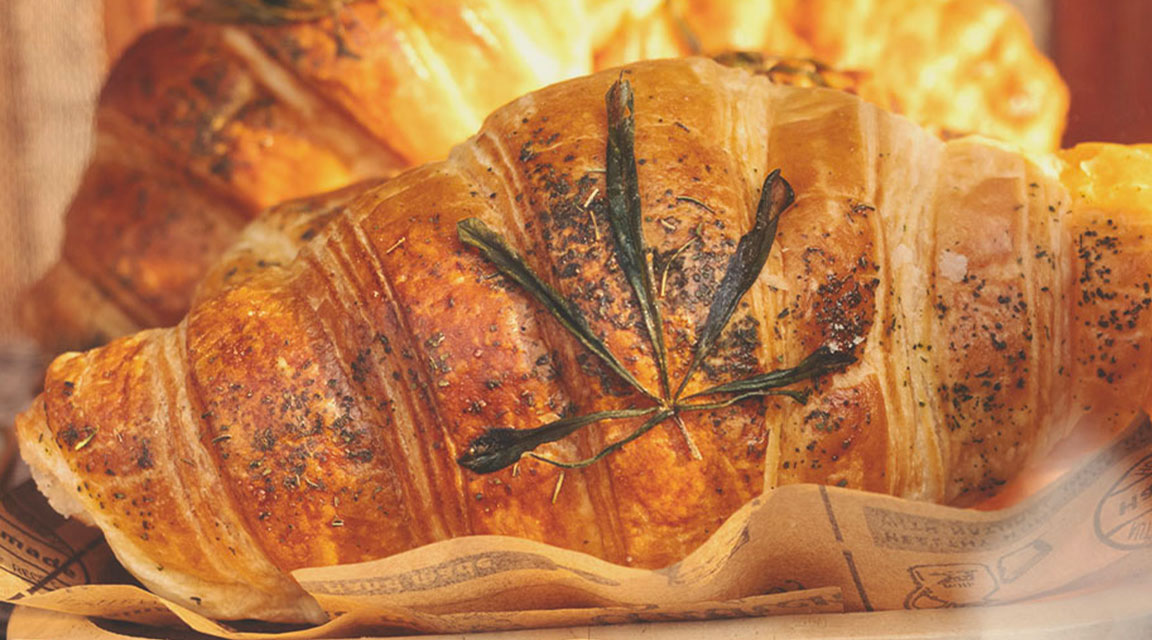
4. Can you explain to us the function of 11-hydroxy-THC and its relationship with the CB1 receptor?
When you have a living cannabis plant, it has the ability to biosynthesise. So the plant has a genetic roadmap, so to speak, that creates THCA. Think of the “A” as acid, or THC in its raw state. Through oxidation and sunshine and UV light, THCA can be converted into THC. What happens is the carboxyl group, which is CO₂, evaporates off through the process of decarboxylation.
THCA doesn't have the potency to activate CB receptors in the way that THC does, because of its shape. But when you heat it and that carboxyl group evaporates off, the new shape of this compound is able to fit into the CB receptor—and not just fit into it, but unlock it.
THC that’s been heated has the ability to make you feel high. This decarboxylation process can happen in very small amounts in the living plant, as well as when you’ve got your dried and cured flower exposed to even room temperatures and the elements a little bit.
In order to really activate this, especially for an edible, you have to decarboxylate it and create that full conversion. So, there's delta-9-THC and there's 11-hydroxy-THC. When you inhale THC, whether it's smoke or vapor, delta-9-THC enters your system, and your lungs metabolise a tiny bit of that delta-9 into 11-hydroxy-THC. A very, very small amount, but it does exist through inhalation.
However, when you digest any form of THC that you swallow, what happens is your liver gets a hold of that delta-9 (very similar metabolising enzymes that are found in your lungs are also in your liver) and metabolises a lot more of that 11-hydroxy-THC. Though delta-9 still enters your system, you have a lot more 11-hydroxy-THC now circulating throughout your body.
11-hydroxy-THC is more potent than delta-9-THC, and its effects also tend to last a lot longer. Now, without getting into all the nuances of what is actually happening at the CB receptor, ultimately what happens is it's stronger, lasts longer, and tends to come in waves for people, especially those with a low tolerance to THC. It’s like being on a roller coaster for the most part.
With inhalation, the effects can sometimes be felt on the exhale. How appealing is that? When you take a hit and hold it for a couple of seconds, and then on the exhale you immediately feel your brain and body changing, I think that's one of the greatest moments. But the peak onset of effects generally happens within 5 to 10 minutes. What happens is you smoke, and it goes immediately up. It reaches its peak level, and then it kind of fades out over the course of around two hours—maybe three or four, especially now with some of the more potent flower.
For the most part, someone who has a tolerance to cannabis can take a couple hits, smoke half a joint or a whole joint, and they're going to be high for a couple hours. But the effects start to decrease pretty rapidly. After 10, 20, 30 minutes, you're definitely going downhill. Not in a bad way, but in terms of the effects.
When you take an edible, what happens is almost the opposite. It takes a very long time—anywhere from 30 at the lowest end up to around 90 minutes—for the effects to reach their peak. Sometimes the peak level could take two to three hours to reach because it kind of comes and goes. And then what happens is, for a lot of people, it's just this roller coaster of an experience that could last anywhere from 4 to 6+ hours depending on your dose.
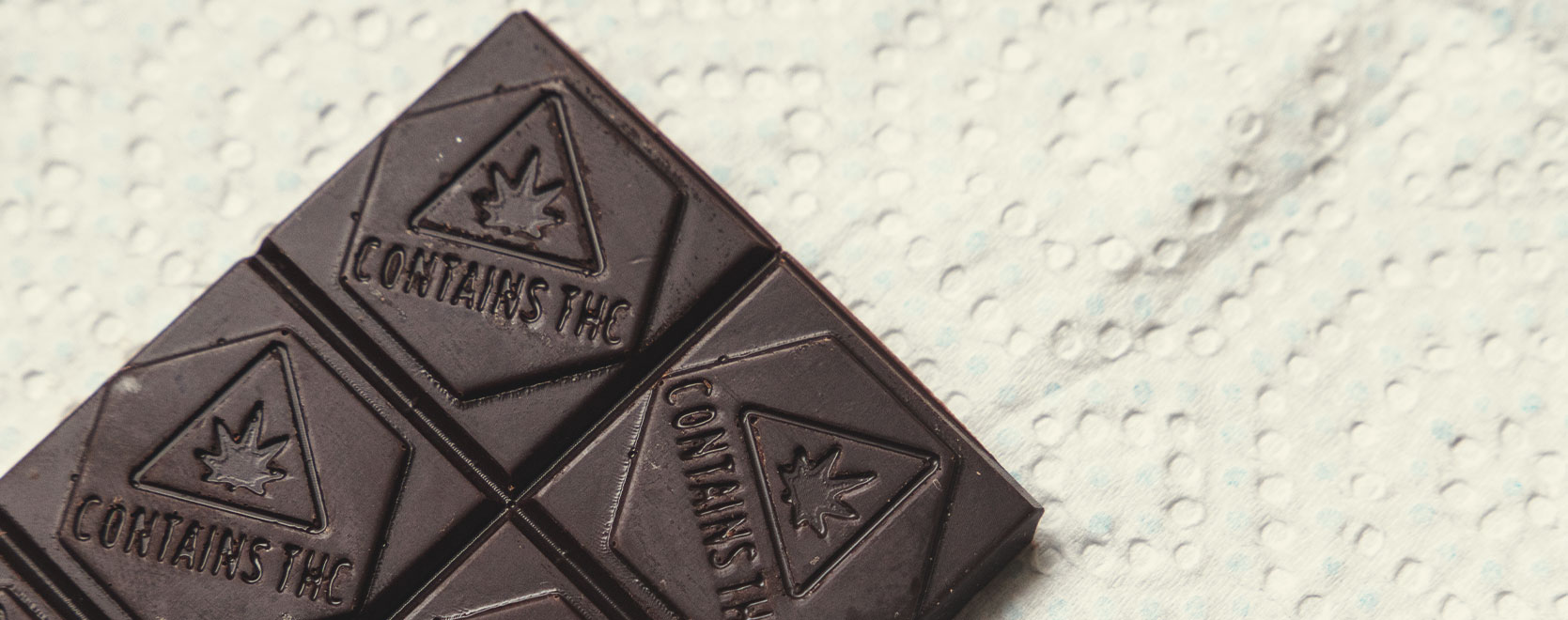
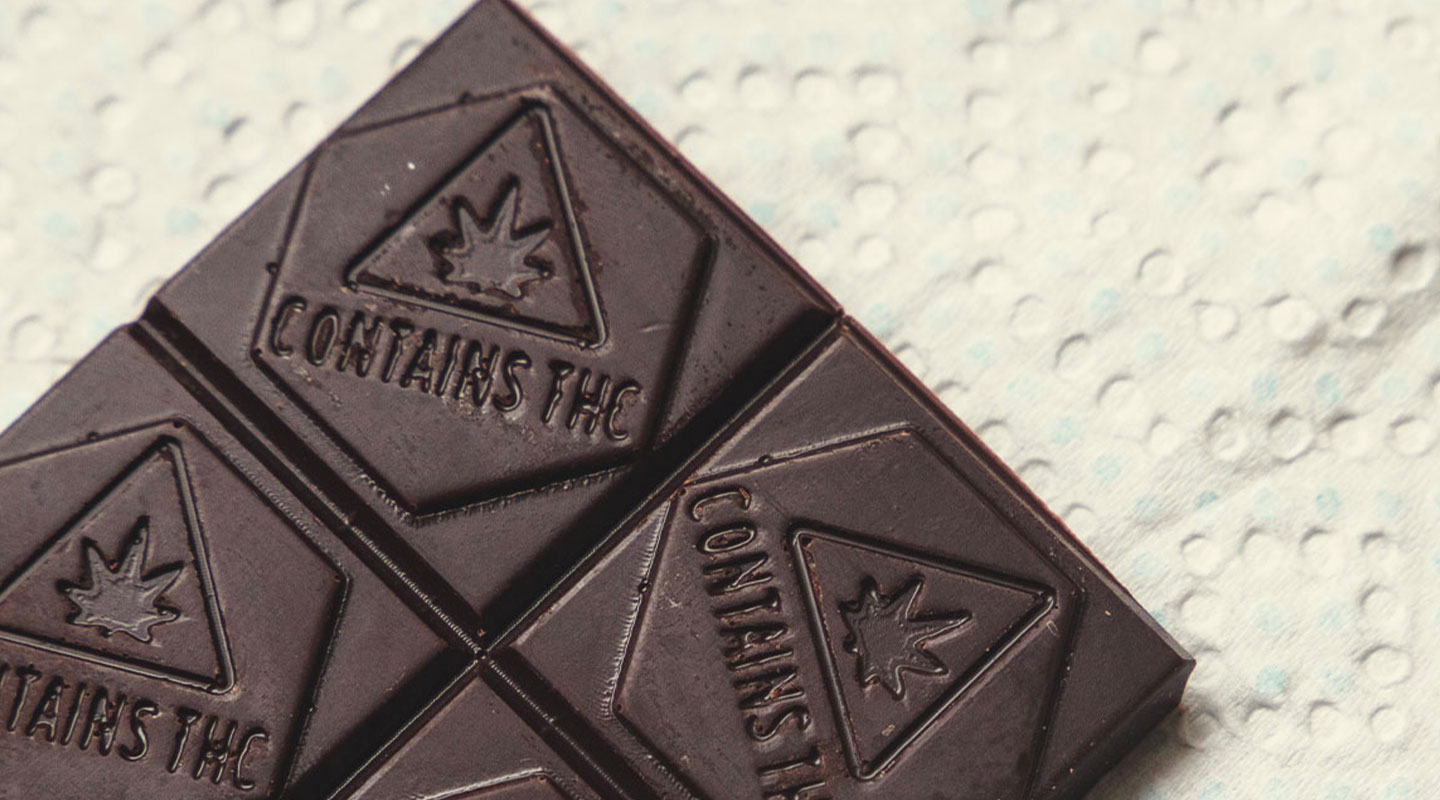
5. What are some rookie mistakes of cooking with cannabis?
I've been smoking since I was a young teenager. My first edible high was when I moved to Denver, Colorado. I went from almost sea level (where I lived in Pennsylvania was probably 1,000 feet or less in elevation) to Denver, which is the Mile High City at 5,000 feet. So that alone creates some pretty interesting changes.
So, I go to a dispensary—it was my first time in a legal situation—and I told the guys that I've never done an edible before, what would you recommend? He’s like: “Well, what do you like?”. And I said, “Whatever”. It's like, “I just want to try an edible”.
“Oh, well, this root beer soda over here was ranked the best edible in Colorado for so many years”. I said, “Okay, well, how much do I take?”. He said, “Well, it's 10 milligrams, so drink half in 30 minutes. If you don't feel anything, drink the other half”. So that's what I did.
I got home. Me and my now-wife, Megan, so my girlfriend at the time, we're getting all ready to watch something, we’ve got some movies lined up. I had like two glasses of wine, which I wouldn't recommend doing either for a first edibles experience. I drank half the root beer, waited 30 minutes, and I didn't feel anything. So I did what he said and I drank the other half. And then about 20 or 30 minutes later, I started to feel high. I felt great. I mean, I was fantastic. Well, about 20 to 30 minutes after that, that second dose that I took kicked in, and I went from feeling great to overwhelmed. I remember sitting on the sofa; I'm sitting there and I'm lounging back, and I said to Meg, “I am really high right now, so please, just don't mess with me, just leave me be”.
What does she do? She leans over and starts tickling me. But I went from really high to out of my mind. I started getting paranoid, my heart's beating out of my chest. I didn't feel like I was unsafe at the time, but I definitely felt very uncomfortable.
So I listened to what the guy said to do, which was totally wrong. When it comes to your first couple of times doing an edible, everyone says low and slow, but they're not very specific. The first thing is you need to know the dose of what you're consuming.
If your friend says, “Hey, I've got a pot brownie for you”, or a cookie or anything homemade, and they say that there's like 10 milligrams in here, chances are there could be 50 in there. It could be 100 in there, or 5, or 2. There’s no way to know, especially if it came from a flower infusion. If they're used to making edibles and they're using decarboxylated cannabinoid concentrates like a distillate of sorts and they say, “Listen, I've done all the math and this and that, and I'm pretty damn confident that there's only five milligrams in here”, that's a different experience.
Let's look at the legal market right now; you want to make sure that their edibles are dosed properly. The next thing is what we at the Trichome Institute recommend, which is a max dose of 2.5 to 5 milligrams of THC within a 24-hour period.
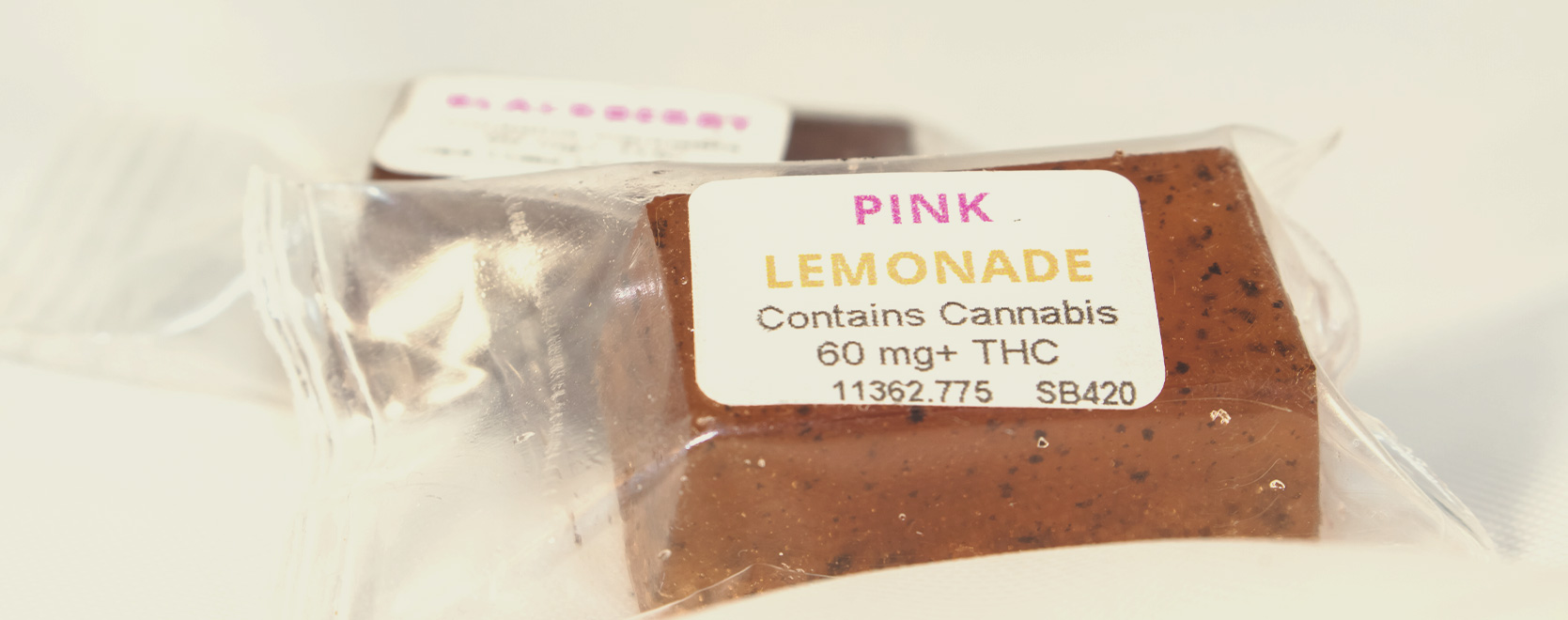
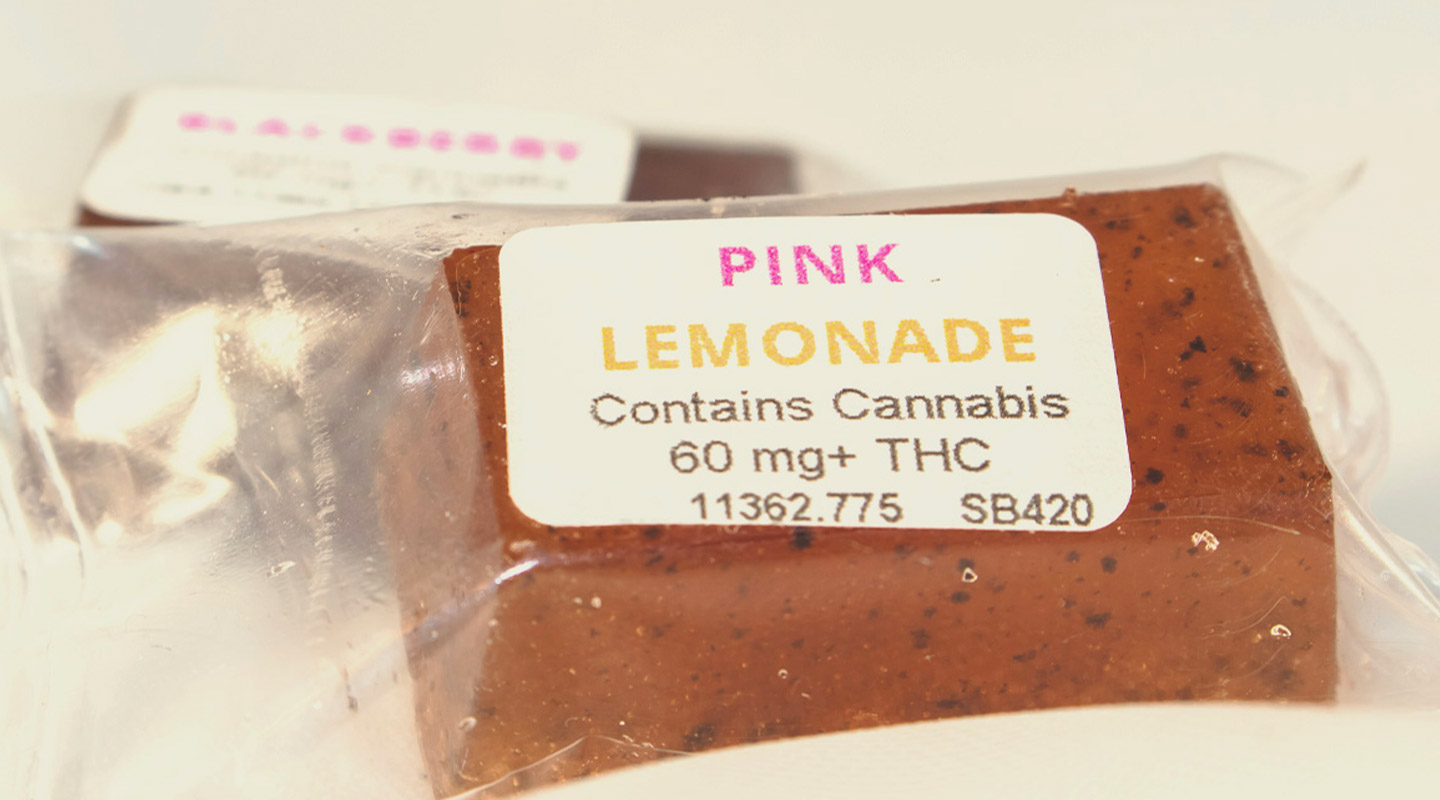
If you take 2.5 or 5 milligrams, and you don't feel anything after 30, 40, 50, 100, however many minutes, it doesn't matter. Do not take more. The reason is because everyone's metabolism and liver health can vary. There are always extremes, but for the most part, the majority of people autumn into this category. That’s kind of how it goes with a lot of physiological processes of the body. Most people metabolise things the same.
If you don't feel anything after, regardless of what the period of time is, don't consume more; it's that simple. Wait till the next day, and then increase your dose by 2.5 milligrams. So if you took 5, then I would recommend taking 7.5. If you don't get the effect you're looking for, then work your way up to 10. For the most part, the majority of people who take an edible for the first couple of times will definitely feel high from 5 to 10 milligrams of THC. But I guarantee you there's someone right now that's rolling their eyes, thinking, “I take 100 or 200 or 300 milligrams”. Okay, good for you, but you have a tolerance to it.
When it comes to avoiding newbie mistakes with edibles, it's about going low and slow—2.5 to 5 milligrams at a time, working your way up in 2.5 milligram increments. And if you don't know the dose, keep in mind that size doesn't matter. For the people listening to this that autumn into the grey or black market of the cannabis industry who don’t have access to accurately dosed and lab-tested edibles, what I would recommend is, if you're new to cannabis, get used to inhaling it for a while before you go down the edibles route. Because the experiences are very different.
You could even take an OG that has smoked every day for 30 or 40 years, and after giving them their first edible, they could be high out of their skull. It’s a completely new experience because it's a completely different dominant compound or active ingredient that’s provoking the effects.
6. What’s the best way to retain terpenes while cooking?
Don't worry about retaining terpenes with cannabis. Terpenes are in almost everything. There are terpenes in my seltzer water. It's tangerine, mandarin orange flavoured. If you've been cooking, you're already a terpene master. If you've worked with fresh basil, oregano, citrus, any type of lemon, orange, lime, or anything like that, you've been working with terpenes forever.
The reason I say don't worry about terpenes is because the effects of terpenes in an edible do not represent the effects of terpenes when inhaled.
In the world of cannabis, we talk about indica vs sativa or sedative vs stimulating, but indica and sativa are really vague and kind of don't matter as terms. They have mattered for a very long time; everything autumns under “sativa” speciation wise, but then there are different varieties, and all that doesn't really matter because these plants are so hybridised. What matters is what you're consuming; does it have a sedative or a stimulating effect, or something in between?
So, let's say you have some OG Kush, which some people say has more of a sedative but mind-opening type of experience. It doesn't matter what it's called. Let's say you have a sedative OG type. Then you smoke that, and it relaxes you, gives you couch-lock, and makes you autumn asleep. Great. What's happening there is you're getting an entourage effect—the combination of effects from the cannabinoids and terpenes working together.
"When it comes to an edibles experience, the effects of the original flower or concentrate don't represent the effects of the edible, because a lot of those terpenes are completely destroyed."
Let's say you're smoking it, so you're lighting it on fire, and then you're immediately inhaling that smoke or vapor and experiencing these effects. The key is, those terpenes are changing, just like THCA changes to THC. And then baking your cookies for too long in the oven could actually change that THC into other things, like CBN or other unknown compounds. So heat matters. When you’re lighting terpenes on fire and immediately inhaling them, they're different from what was in the original plant.
When it comes to decarboxylated cannabis flower or concentrate, even at the lowest temperatures, terpenes evaporate, deteriorate, or turn into other things at a faster rate than cannabinoids, as they are much more volatile and sensitive to heat.
When you take your flower and decarb it in your oven or air fryer or toaster oven—whatever it may be—that heat is changing the chemical structure of those terpenes, and a lot of it's being evaporated and not being captured immediately through your inhalation. They're disappearing.
If you were to take two cannabis varieties or strains that smell and look totally different:
| 1. Decarb them in your oven |
| 2. Pull them out and let them cool |
| 3. About 10 minutes later, they're going to smell near-identical |
| 1. Decarb them in your oven | 2. Pull them out and let them cool | 3. About 10 minutes later, they're going to smell near-identical |
The reason is that the terpenes have evaporated. The first part of an edibles experience with terpenes is you lose the majority of them. The next thing that happens, as demonstrated by some studies, is that your stomach acid drastically changes the terpenes. So it'll take, say, linalool, which has an aroma of lavender and generally calming effects when inhaled or used in aromatherapy, and it’ll turn it into something else.
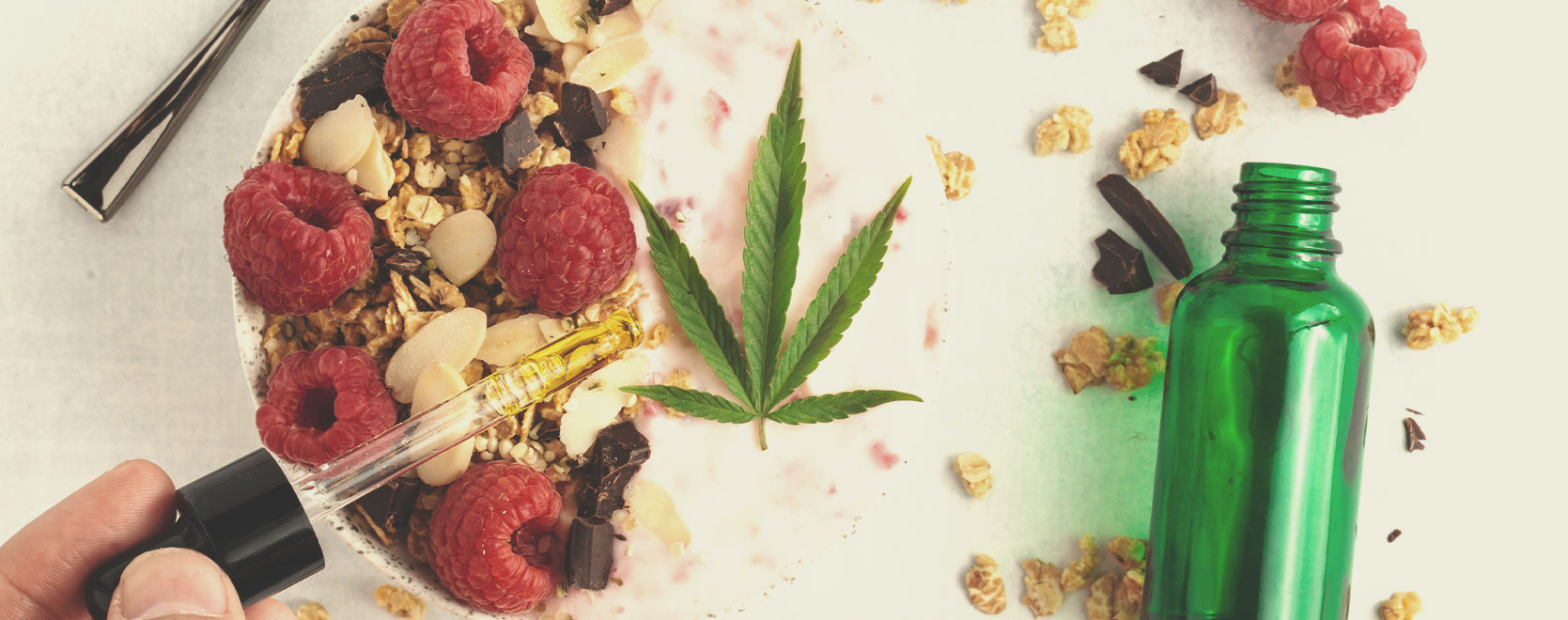
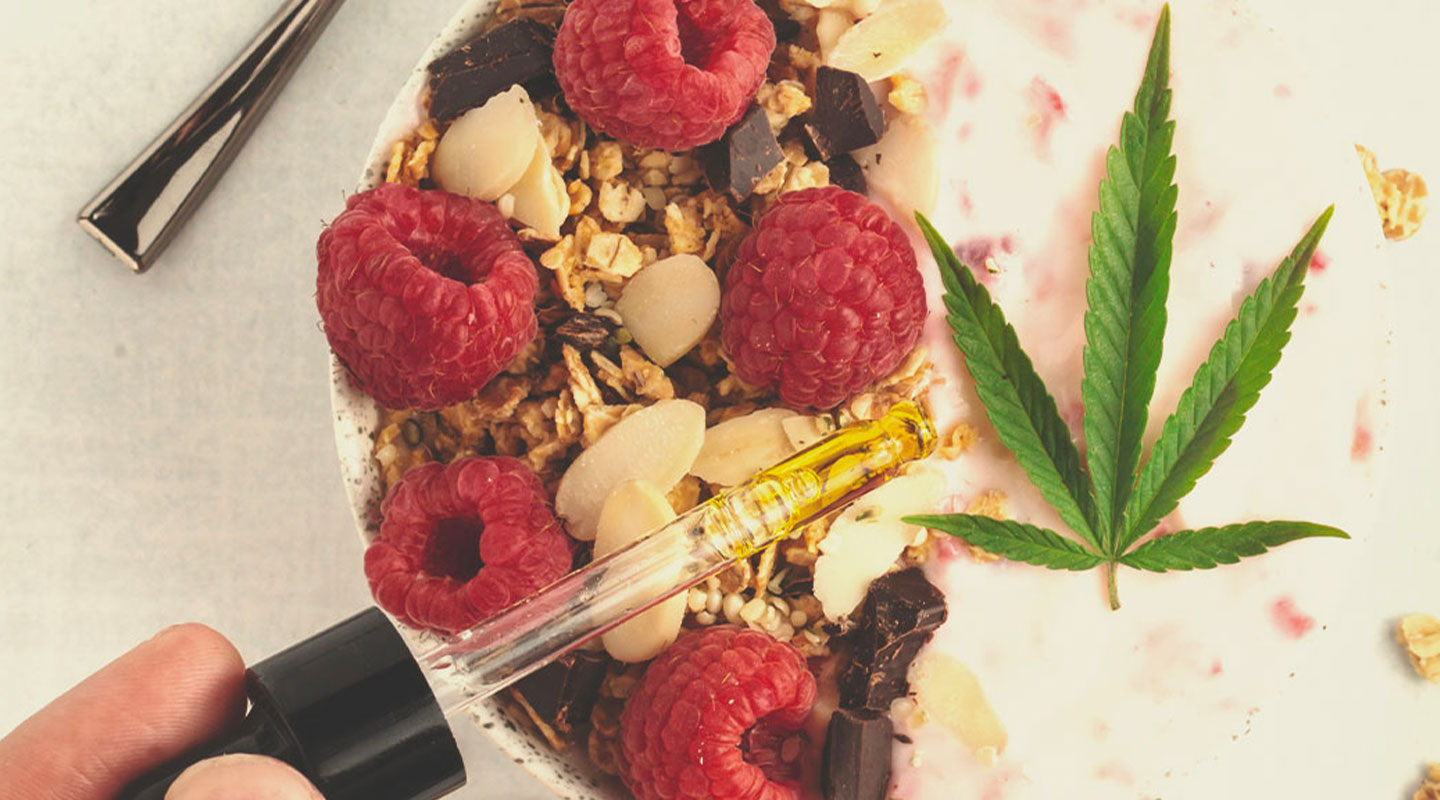
So the terpene is different now compared to the linalool that was in the living plant, or what you inhaled. Your stomach acid can turn that linalool into several other different forms. It goes through digestion, it gets to your liver, and then each one of these could turn into different things. What happens is, by the time it has reached systemic circulation and is bioavailable, are you even getting enough of the right form of linalool for it to do anything?
When it comes to an edibles experience, the effects of the original flower or concentrate don't represent the effects of the edible, because a lot of those terpenes are completely destroyed. Even if you were to go through the trouble of extracting terpenes, decarbing the cannabinoids, and mixing them back together—kind of like what happens with a lot of vape pens, or some edibles—even then, those terpenes are still going to undergo a bunch of degradation through digestion.
With edibles, don’t think that the terpene profile of the variety is going to influence whether the high is stimulating or sedating. If there's caffeine and sugar or melatonin and chamomile in the edible, those things are going to have much more of an impact on the effects.
People say things like, “If you eat mango before you get high, it'll last longer and you'll get higher because there's myrcene in mangoes”. Well, there's hardly any myrcene in most mangoes, if you look at the chemical constituents of the majority of mango varieties. And just because there's myrcene in mango and there's myrcene in cannabis doesn't mean digesting the terpenes found in mango will do anything at all. And research has actually shown that myrcene and a lot of other terpenes don't interact with cannabinoid receptors or do anything to increase the effects of THC whatsoever.
That said, is it possible that terpenes have physiological effects through digestion? Yes. Is it possible that they could reduce inflammation or help with various other things? Yes, it is possible, if you have the right dose.
When you look at a lot of the studies done on terpenes for digestion, the doses are really high or they're performed on mice or on cells. They're not done on human beings. And what is true for a mouse isn’t necessarily true for a human.
To step back from all of that, what do terpenes do in the kitchen? The same as any other pantry or refrigerator ingredient you've got lying around. They affect the flavour, the aroma, and the mouthfeel of food.
Terpenes are amazing to cook with. They're a lot of fun because:
- You can totally change the flavour of food, sometimes without even affecting the aroma, or vice versa, depending on the terpene.
- Or you can enhance both the flavour and aroma.
- You can also affect the mouthfeel. For example, there's this fun cooling sensation that certain terpenes provide.
Think of terpenes as you would ginger, cayenne pepper, coriander, or anything else similar. You've been cooking with them forever. If you include terpenes from different natural ingredients, or isolated from various plants, including cannabis, you can really change the culinary experience.
It doesn't mean terpenes don't have any type of benefit, and I try to steer clear of medicinal things, because I'm not a doctor. But there are medicinal benefits to a lot of plant compounds. But just because a study comes out that shows that limonene or linalool—or apigenin or some flavonoid or other plant compound—has a particular function, it doesn't mean you’re necessarily going to get the benefits if you eat it. The same goes for smoking. There are so many other variables related to the study. When it comes to terpenes, don't think of them as effects-driven; think of them as experience-driven based on how you taste and smell and experience the flavours and aromas of food.
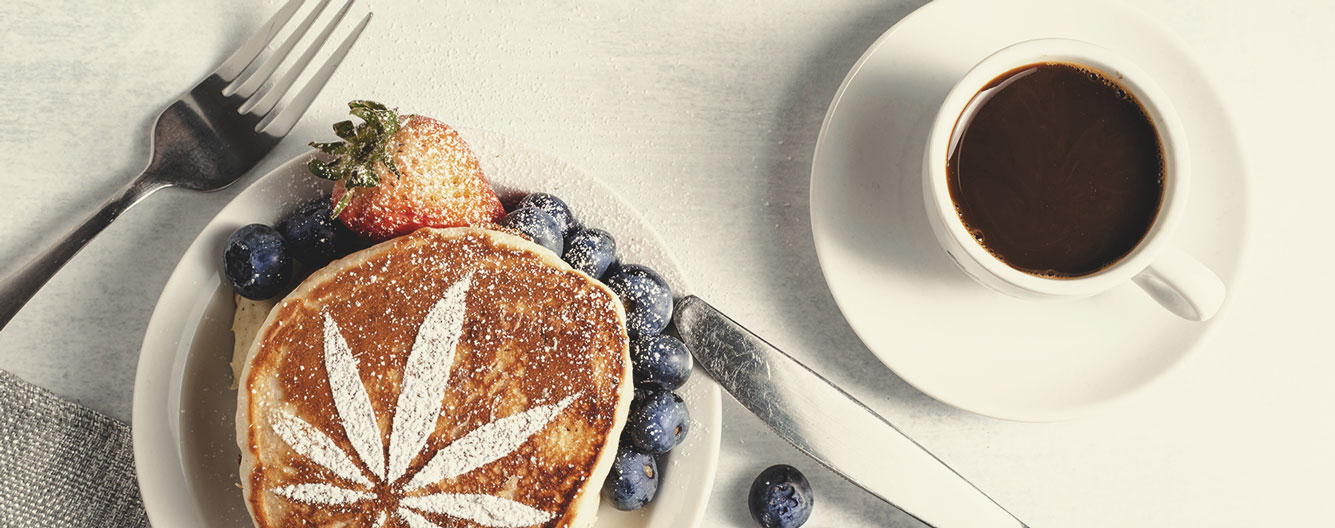
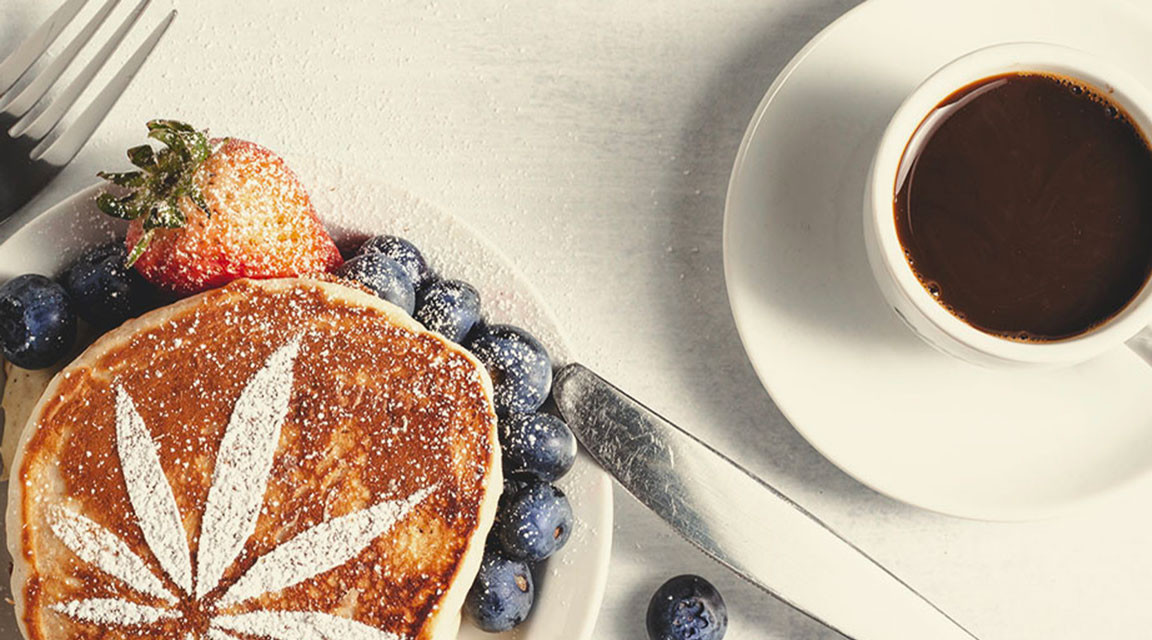
7. We make mixes with milk or butter. Are there any other ingredients we should use?
I am a huge fan of making infusions with extra virgin olive oil, avocado oil, and MCT oil, which is fractionated coconut oil. One of the reasons I prefer those things is that they go well with a lot of the recipes that I prefer to cook.
I am a huge carnivore. I've got a shirt on with steak cuts, as if anyone's noticed. I'm a huge meat guy; not even meat and potatoes—just meat. But I also love my sauces and garnishes, so it's very easy to use infused extra virgin olive oil to make a really flavourful chimichurri, because I want that flavour to match our recipe. And then there are times when it's great to have avocado oil or MCT oil, which are very bland. They lack aroma and flavour, which is a good thing for a lot of recipes, such as an aioli and things like that.
When it comes to making infusions, you need to think about the final recipe before you make the base infusion. Don't just start making butter or picking up some random oil. What are you going to make with that? And then go backwards from there. How is that infusion going to pair with the final recipe?
8. Are glycerine and alcohol viable options for infusion?
When it comes to infusion bases, you can use any type of fat or alcohol. Generally, if you're going to do alcohol, I recommend getting 151 to 200 proof. It depends on where you live and your laws. Where I'm at in the United States, I can order 200-proof food-grade ethanol alcohol shipped to my door. But if I went to the next state over, it's not allowed. It's like a 50/50 blend here in the United States, so it depends on your laws. But in a lot of states, you can get 122–151-proof alcohol just at the liquor shop. The higher the proof, the higher the extraction efficiency. You can use this infusion in a concentrated form, and it's water soluble for the most part. And you can add that to recipes by dosing accordingly, and without really affecting the flavour of your dish if you make it super concentrated.
Glycerine and honey are kind of weird. First of all, if you're going to make a glycerine or honey infusion, you want to start with a concentrate that's already extracted. That way, you just need to decarb it, and then dissolve it into the glycerine or honey. I spoke with a lab recently, and they said that they tested glycerine that was used to make a flower extraction, and they found zero cannabinoids in it whatsoever. And then I've noticed that with honey, again, it’s like saying water.
For example, with ale or beer, there's a lot of different types and different elements to it, all the way from Miller Lite to the imperial stout. So with honey, there's different types and ways of processing, and what I've noticed is that, at times, I'm worried about homogenisation, I'm worried about separation of the cannabinoids, because they're not technically dissolvable in it. They might mix in the honey because of its thickness, the consistency of it, but it's not as proper of a homogenisation as fat or alcohol would be. And comparing fat to alcohol, you can experience separation with some lower-proof alcohols.
At the end of the day, working with concentrates is a lot better across the board because you're dissolving them. You don’t have to worry about extraction efficiency, which for flower is very, very low. Yes, there are other things that you can use to make infusions, depending on where you're coming from. But just be very mindful of homogenisation when you're dealing with any type of water-based ingredient, like glycerine or honey.
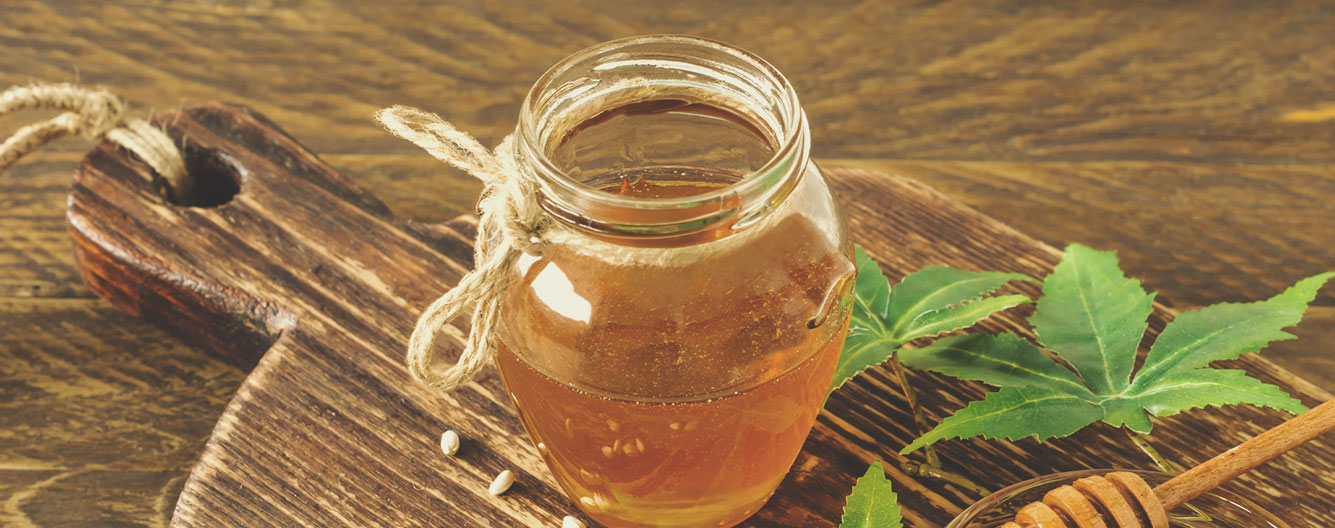

9. What are the bad side effects of cannabis edibles?
It’s a great question, and I'm glad that people are talking about the fact that this is a reality. A lot of people like to act like cannabis is the greatest thing on the face of the planet; there's nothing wrong with it; it's for every single person. It's just not the case.
Cannabis as a whole is very vague to say; specifically, THC is not for everyone, especially at higher doses. So what provokes any type of bad trip during a period of overconsumption (paranoia, anxiety, etc.) is generally going to be THC and its various forms.
So the biggest thing in terms of getting over a bad experience is time, which unfortunately not everyone likes to wait for. Outside of time, distractions are the greatest thing. Call someone you know and say, “Listen, I am high AF right now and I want to talk to you about anything just to keep my mind on something”. That's a good thing.
A deck of cards is also good. How many times have I gotten too high and played solitaire on my phone. It just needs to be something that requires engagement. Physical distractions are key. Some people can watch a movie if they're too high, and that's a distraction. Not me. If I watch a movie or something that I'm not engaged in, I start getting bad anxiety.
At the end of the day, distractions are key in preventing a bad experience from happening in the first place. I guess that's the ultimate thing. But a lot of people say that if you're too high you should take CBD and it'll bring you down, or to suck on black peppercorns—but it's nonsense. In the CBD world, there's no research that I've been able to find—and I look at CBD research all the time through Google Scholar, PubMed, and the various other medical journal publication sites out there—that shows that taking CBD after consuming THC mitigates the effects. Because, without getting too technical, CBD doesn't have the ability to come in and flick THC off the receptor. It does have the ability to mitigate some of the effects of THC, but all the research shows that in order for that to happen, CBD must be consumed before or at the same time as the THC, and generally in higher ratios. So you need this much CBD to that much THC.
Now, the placebo effect is amazing. It's probably my favourite drug that there is, which is mind over matter. You have the ability to create your own reality. But there's so much research on placebo, it's fascinating. Even in placebo versus placebo studies, where different groups are both given placebo, the groups talk about the drug’s effects being different.
Because of so much misinformation in the industry, a lot of things happen to people because they believe it's going to happen. So it's one of those weird things where if you're too high and you take some CBD, could it help you? Maybe. But is it the CBD itself? Maybe. Based on the research thus far, it doesn't indicate that it couldn't be because it’s what you believe to be true. Is that the distraction? Could be.
At the end of the day, if you feel better, that's ultimately what matters. But the best way to mitigate any type of anxiety, bad trip, paranoia, or anything like that from too much THC is: don't take too much THC! And if you do, you can do it like Max, my partner. He has this thing called the “note to self”. Think about what could be provoking your anxiety in the first place, or take a walk, call your mother. Whatever the case may be, do something to relax and realise that this will be over soon. I don't know how many people are writing notes to themselves before they get high, but mentally have that note to self that you're experiencing an overdose, a state of discomfort as I define it, with THC, and tell yourself, “You're going to be fine”.
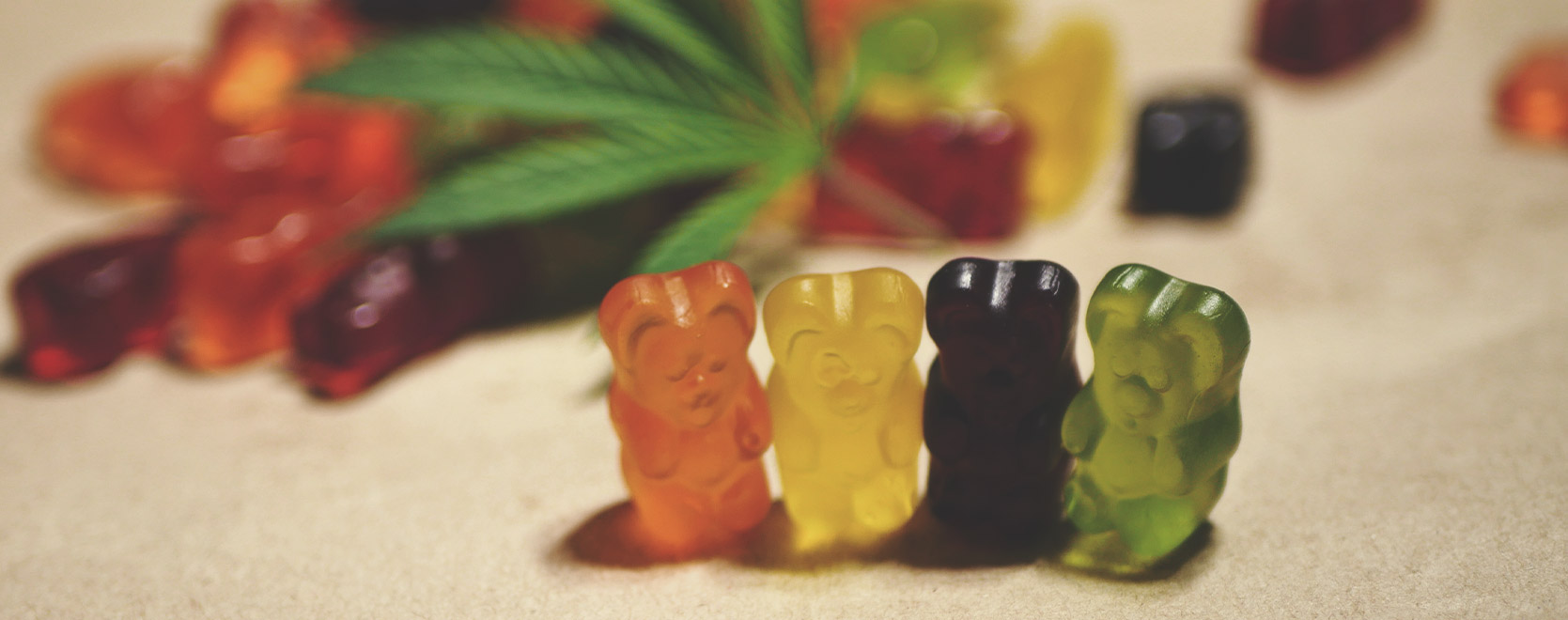
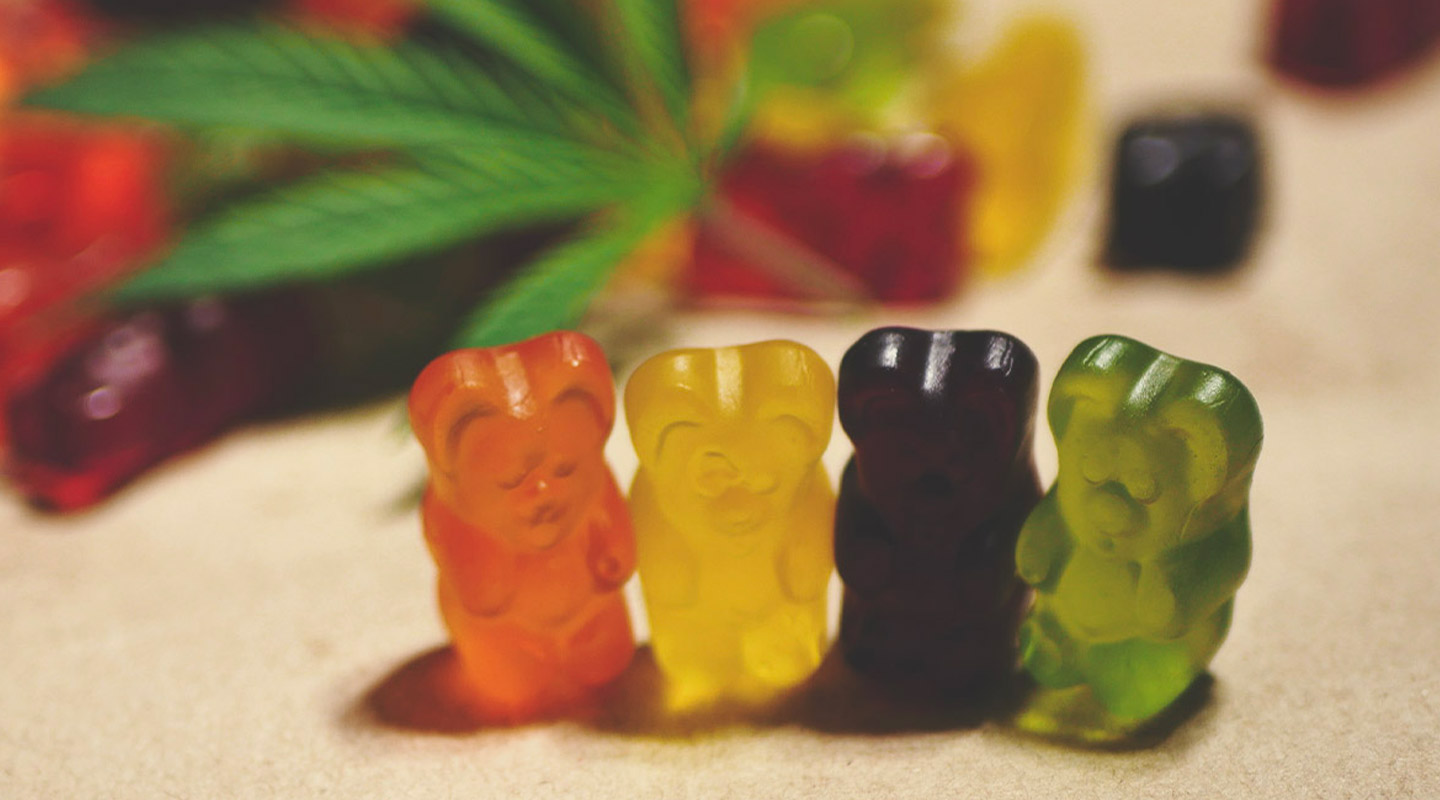
10. Do you have a recommendation for a gummy recipe that doesn’t use lecithin?
I am not a sweets guy. I've actually never made a gummy because I don't eat them regularly. I've had infused gummies when it was the only option, but personally I don't eat sweets. So as a cannabis chef, I don't do confections and candies and things like that. But my formulas for infusion are still based on homogenisation.
From speaking to a lot of other cannabis chefs, I know that they go about dosing their gummies by making the mixture and then adding an alcohol-based infusion or an MCT infusion—or something like that—into each gummy, or into the batch as a whole. So you can use an alcohol base. Depending on the gummy recipe, you might be able to use MCT oil, which would have to be pretty potent. I get why people like gummies. I mean, since being kids we’ve been taking medicine through gummies.
I know some people use a pectin base, which evidently helps with stability. Depending on where you live, you might even be able to get some water-soluble THC, which is definitely going to be in a legal state, unless you've got a friend or something like this.


























